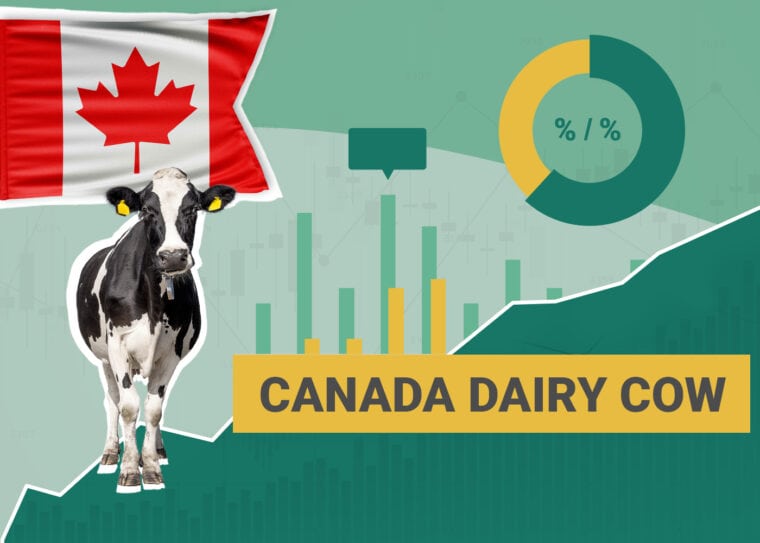
Click to Skip Ahead
Note: This article’s statistics come from third-party sources and do not represent the opinions of this website.
Did you know that dairy farming is one of the oldest industries in Canada? It also makes up one of the biggest sectors of agriculture in the country. That equals a lot of dairy cows in Canada! But just how many dairy cows are there exactly (or at least, approximately)?
We’ve got those numbers for you, along with more statistics not only on dairy cows in Canada but dairy farms and dairy production. Ready to become more knowledgeable about dairy farming in Canada? Then keep reading!
Top 15 Dairy Cow & Dairy Farm Statistics in Canada
- On the first day of 2022, there were nearly 1.96 million cattle on Canadian dairy farms.
- In the entirety of Canada in 2021, there were a total of 981,300 dairy cows & 426,100 dairy heifers.
- Of those nearly 2 million cattle, approximately 360,000 dairy cows were in Québec & around 322,000 in Ontario in 2022.
- The most common dairy breed in Canada is the Holstein, making up 93% of the dairy herd.
- The average size of a herd in British Columbia is 140 cows.
- According to one study, the most commonly cited reason (at 15.2%) for culling dairy cows was poor reproduction.
- Canadian Dairy cows are sent to slaughter around 5 to 6 years of age, even though their life expectancy is 15–20 years.
- As of August 2021, Canada had 9,952 dairy farms.
- Dairy farms can be found in each province of Canada, with the majority (81%) located in Quebec & Ontario.
- In Canada, 98% of dairy farms are family-owned and operated.
- The average dairy farm in Canada milks 73 cows.
- September 2021 saw the dairy product manufacturing sector’s GDP bringing in three billion Canadian dollars.
- In 2021, 95,123,571 hectolitres of milk were produced in Canada.
- Canadian dairy cows averaged production of 10,852 kg of milk for each lactation.
- In 2021, Holsteins dairy cows in Canada produced 11,094 kg of milk.

Canadian Dairy Cows
1. On the first day of 2022, there were nearly 1.96 million cattle on Canadian dairy farms.
(Statista)
According to Statista, there were almost 2 million cattle on dairy farms in Canada by the first day of 2022. This number had gone up from 1.92 million in 2014, indicating the dairy farm business is thriving.
2. In the entirety of Canada in 2021, there were a total of 981,300 dairy cows & 426,100 dairy heifers.
(Agriculture and Agri-food Canada)
Though most of these were located in Quebec and Ontario, British Columbia and Alberta came close at 3rd and 4th. The next closest province in number trailed Alberta by almost 41,000 cows and 18,000 heifers.
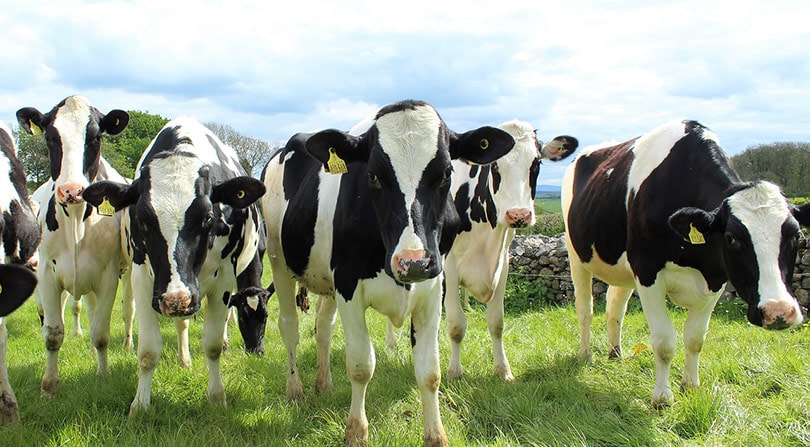
3. Of those nearly 2 million cattle, approximately 360,000 dairy cows were in Québec & around 322,000 in Ontario in 2022.
(Statista)
Quebec and Ontario certainly have a lot of cattle! However, despite these two areas having the most dairy cows, you’ll still find plenty throughout the Atlantic and Western provinces.
4. The most common dairy breed in Canada is the Holstein, making up 93% of the national dairy herd.
(Holstein Canada)
Holsteins are, without a doubt, the most abundant dairy cows in Canada. After them, the national herd is made up of 4% Jersey and 2% Ayrshire. You’ll also find Brown Swiss, Milking Shorthorn, Guernsey, and Canadienne (just not very many).

5. The average size of a herd in British Columbia is 140 cows.
(British Columbia Government)
Herd sizes in British Columbia are relatively large compared to most in Canada. The average herd size throughout Canada is about half that of a herd in British Columbia.
6. According to one study, the most commonly cited reason (at 15.2%) for culling dairy cows was poor reproduction.
(Frontiers)
However, this study also found that those cows with poor reproduction often had underlying medical issues, technically making the health of cattle the number one reason for culling dairy cows. The following three most cited reasons for culling were mastitis at 9%, not enough milk production at 7.5%, and issues with the legs and feet at 6.1%.

7. Canadian Dairy cows are sent to slaughter around 5 to 6 years of age, even though their life expectancy is 15–20 years.
(AgriFarming)
Dairy cows end up past their prime early on in Canada. The main reason for this is that by this time, the cows will have birthed 2–4 calves, by which point milk production will have lessened, making them obsolete.
Canadian Dairy Farms
8. As of August 2021, Canada had 9,952 dairy farms.
(Agriculture and Agri-food Canada)
Of these farms, 4,675 were in Quebec, and 3,336 were in Ontario. Alberta came in next at 494, followed by British Columbia with 473. As you can see, Quebec and Ontario are, by far, the preferred areas for dairy farms and cows.
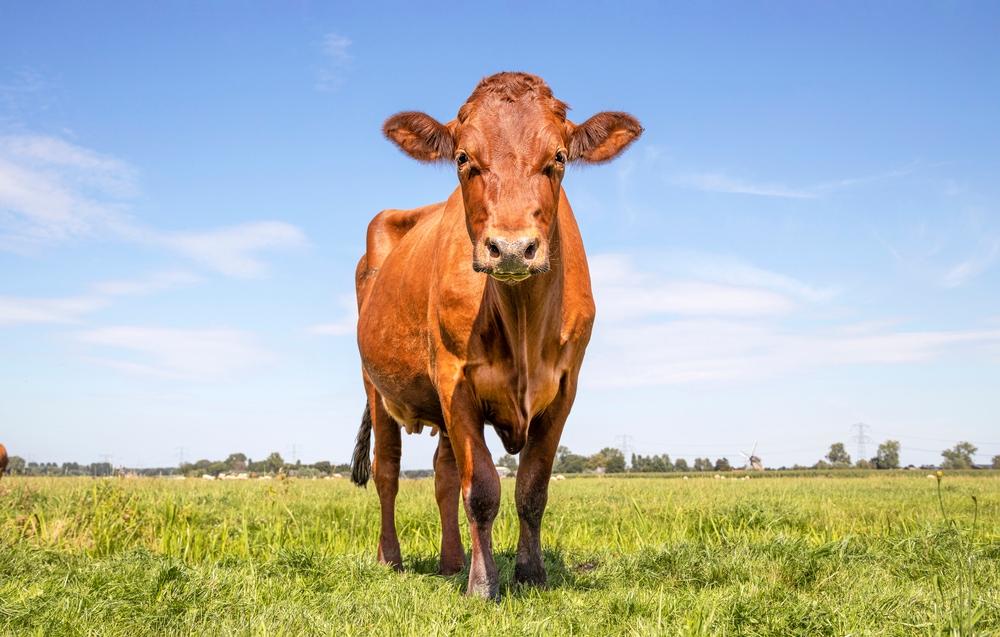
9. Dairy farms can be found in each province of Canada, with the majority (81%) located in Quebec & Ontario.
(AgriFarming)
Those thousands of dairy farms in Quebec and Ontario make up a whopping 81% of all the dairy farms located in Canada. But the Western provinces make up 13% of total dairy farms, while the Atlantic provinces only make up 6% of the total.
10. In Canada, 98% of dairy farms are family-owned & operated.
(Holstein Canada)
The dairy farming business is absolutely a family affair in Canada! Only 2% of dairy farms are not owned and operated by families.
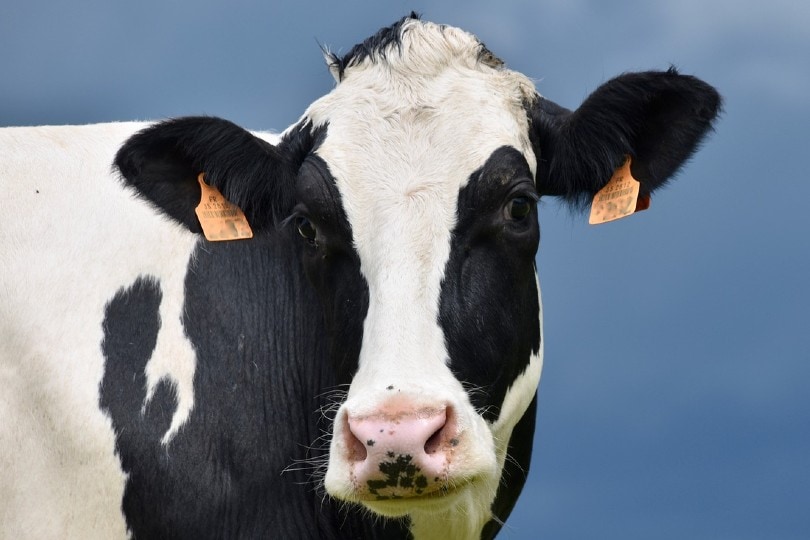
11. The average dairy farm in Canada milks 73 cows.
(Holstein Canada)
Unlike British Columbia, where herd size equals about 140 cows, most of Canada only has herds that contain about 73 cows. That’s still quite a few dairy cows, though, which could help explain why the dairy farming industry is so strong in the country.
Canadian Dairy Production
12. September 2021 saw the dairy product manufacturing sector’s GDP bringing in three billion Canadian dollars.
(Statista)
We’ve stated a couple of times now that the dairy farming industry in Canada is a thriving one, but as of the end of 2021, it was doing three billion Canadian dollars’ worth of thriving! Canadian dairy farms are creating and shipping tons of dairy products daily.
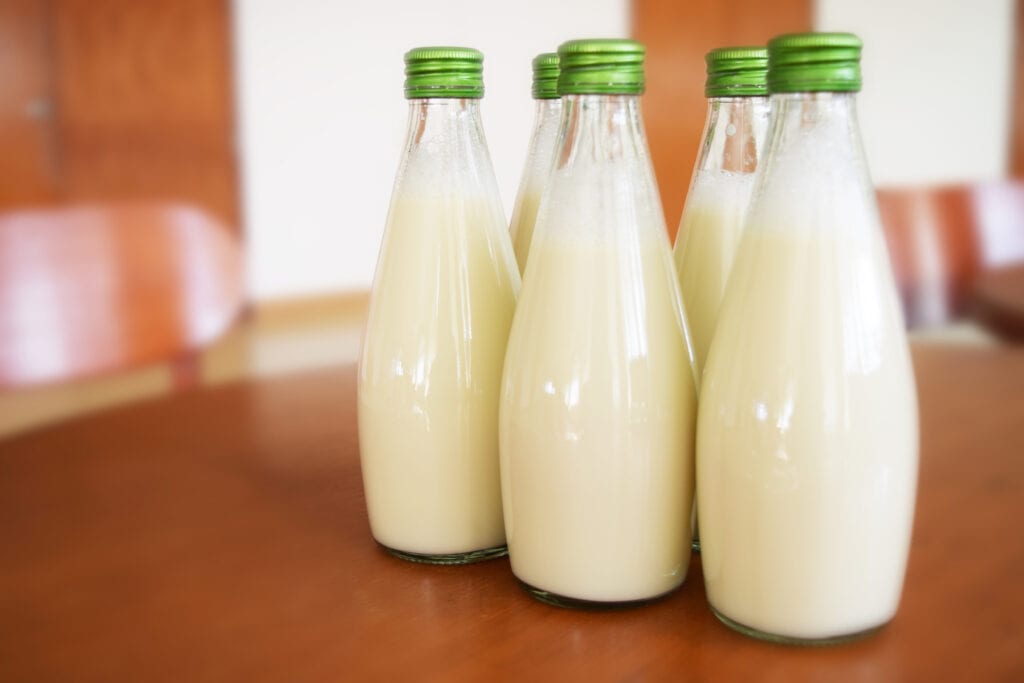
13. In 2021, 95,123,571 hectolitres of milk were produced in Canada.
(Government of Canada)
Just how much milk does Canada produce? A lot! Canada produced over 95 million hectolitres of milk in 2021, up from 93,506,525 in 2020.
14. Canadian dairy cows averaged production of 10,852 kg of milk for each lactation.
(Canadian Dairy Information Centre)
Most dairy cows produced anywhere from 7,000 to 9,000 kg on average. However, as you can see below, the Holstein produced much more than that, according to official milk recording programs for 2021. With a content of 4.07% fat & 3.33% protein on average.
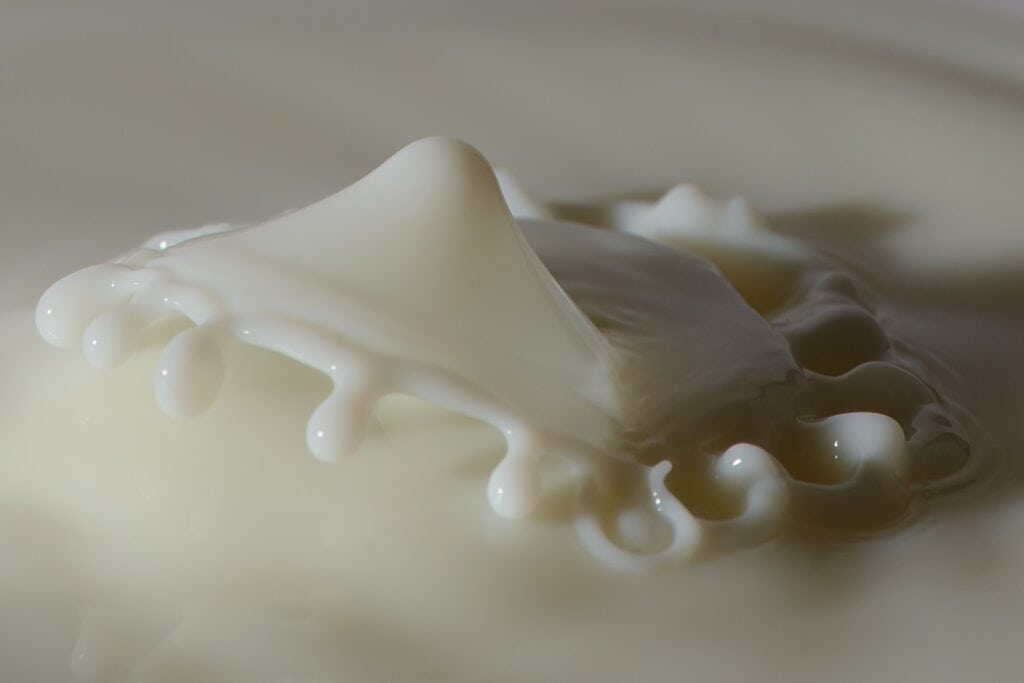
15. In 2021, Holsteins dairy cows in Canada produced 11,094 kg of milk.
(Government of Canada Dairy Statistics)
Not surprising since Holsteins make up the majority of the dairy cow herds in Canada! The Canadienne averaged the least at 5,828 kg.
FAQ
There are plenty of questions people have about dairy cows and farming that weren’t answered above, so here are a few of the most frequently asked ones about the industry.
Are there advantages to dairy farming in Canada?
Absolutely! One advantage is that it costs less for the initial investment in dairy farming than other types of farming. Then there’s the advantage of milk being in higher demand than ever in Canada. In fact, dairy farming offers a pretty much guaranteed income every month.
What do dairy cows in Canada eat?
While different breeds may have varying nutritional needs (and Canadian dairy farmers work with nutritionists to meet those needs), like cows everywhere, most Canadian dairy cows consume mostly grass. And a cow that is mature will eat roughly 29 kg a day!
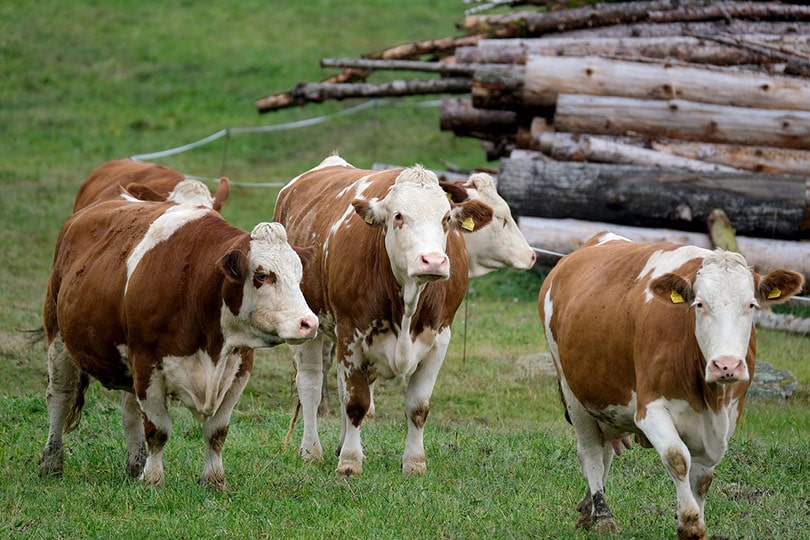
Are there organic dairy farms in Canada?
There are a few, but not nearly as many farms as compared to conventional ones. Organic dairy farms are still seen as risky, while conventional farming is seen as a system that works.
What is the genetic quality of Canadian dairy cows?
The dairy industry in Canada is well-known for its superior genetic quality. Canada uses innovative technology, such as DNA profiles assessed for 60 traits and genomic evaluations, to ensure the quality of their cattle. (Canadian Dairy Information Centre)
Conclusion
The dairy farming industry in Canada is quite large and profitable, so there are plenty of dairy cows to be found. While Holsteins make up the majority of the national herd, you will find a handful of other cow breeds on dairy farms. These dairy cows are all quite productive, and a plethora of dairy products are churned out daily. As milk continues to be highly in demand in the country, one can only imagine how much the industry will grow in the future!





